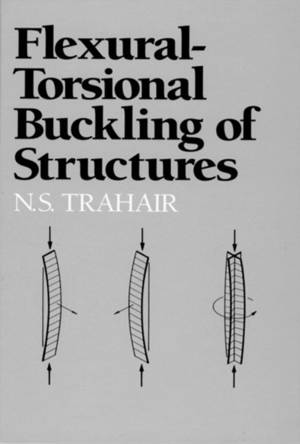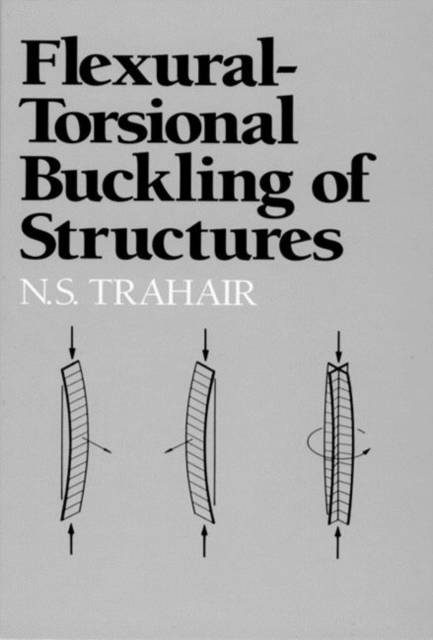
Je cadeautjes zeker op tijd in huis hebben voor de feestdagen? Kom langs in onze winkels en vind het perfecte geschenk!
- Afhalen na 1 uur in een winkel met voorraad
- Gratis thuislevering in België vanaf € 30
- Ruim aanbod met 7 miljoen producten
Je cadeautjes zeker op tijd in huis hebben voor de feestdagen? Kom langs in onze winkels en vind het perfecte geschenk!
- Afhalen na 1 uur in een winkel met voorraad
- Gratis thuislevering in België vanaf € 30
- Ruim aanbod met 7 miljoen producten
Zoeken
Omschrijving
Flexural-Torsional Buckling of Structures provides an up-to-date, comprehensive treatment of flexural-torsional buckling and demonstrates how to design against this mode of failure. The author first explains the fundamentals of this type of buckling behavior and then summarizes results that will be of use to designers and researchers in either equation or graphical form. This approach makes the book an ideal text/reference for students in structural engineering as well as for practicing civil engineers, structural engineers, and constructional steel researchers and designers. The book begins by introducing the modern development of the theory of flexural-torsional buckling through discussions on the general concepts of equilibrium, total potential, virtual work, and buckling. It then continues with in-depth coverage of hand methods for solving buckling problems, the analysis of flexural-torsional buckling using the finite element method, and the buckling of different types of structural elements and frames composed of various elastic materials. Other topics addressed include the design and inelastic buckling of steel members. The book's final chapter considers a collection of special topics.
Specificaties
Betrokkenen
- Auteur(s):
- Uitgeverij:
Inhoud
- Aantal bladzijden:
- 388
- Taal:
- Engels
- Reeks:
Eigenschappen
- Productcode (EAN):
- 9780849377631
- Verschijningsdatum:
- 20/07/1993
- Uitvoering:
- Hardcover
- Formaat:
- Genaaid
- Afmetingen:
- 155 mm x 245 mm
- Gewicht:
- 621 g

Alleen bij Standaard Boekhandel
+ 763 punten op je klantenkaart van Standaard Boekhandel
Beoordelingen
We publiceren alleen reviews die voldoen aan de voorwaarden voor reviews. Bekijk onze voorwaarden voor reviews.









